YAKIMA TRAINING CENTER, Wash. - It might be the perception from the outside that field artillerymen don't exactly get close to the battle, but that couldn't be further from the truth.
To meet the unconventional requirements of two simultaneous overseas conflicts during the last ten years, artillery Soldiers all across the Army have traded in one gun for another, accepting once unexpected infantry-like roles as members of maneuver teams in Iraq and Afghanistan.
Currently engaged in an expansive variation of exercises at Yakima Training Center in Central Washington State, Soldiers with 1st Battalion, 37th Field Artillery Regiment, are now taking back what they traded in, but still training on all levels of Soldiering.
Immersed in what the Army is calling full-spectrum operations, they're preparing for whatever comes next, and they're preparing well.
"Generally, we train for Iraq or Afghanistan, where we've been on the ground for quite some time, but now they're training us for a full-spectrum fight that hasn't been done before," said Capt. Kevin Hansen, the intelligence officer for the battalion, which is a 3rd Stryker Brigade Combat Team, 2nd Infantry Division asset out of Joint Base Lewis-McChord, Wash.
Hansen said full-spectrum operations include lessons learned from past deployment and peacetime experiences and encompass all forms of warfare, whether it's conventional fighting, insurgency threats, or dealing with civilians on the battlefield.
"It's not just Desert Storm, and it's not just counterinsurgency," he said. "It blends all of them together."
This widespread approach to training, which comes in the midst of significant force drawdowns in Iraq and Afghanistan, is focusing on returning the battalion to its basic field artillery roots while at the same time allowing it to maintain the "non-standard" skills it's developed from years of involvement in the two countries.
The intention is to produce a fine-tuned, flexible unit able to meet the demands of any future conflict that might arise.
"This is something that will allow the Army to be a contingency force able to go anywhere in the world," Hansen said. "We can't really name an enemy, but we can train for what the enemy might do."
"We have to provide very tough, realistic training for our guys so they're prepared for the absolute toughest enemy," he added.
Capt. Matthew Kuhlman, commander of Battery B, 1-37th FA, said this visit to YTC, which began May 17 and ends June 7, will prepare the battalion for its upcoming month-long rotation in August to the National Training Center at Fort Irwin, Calif.
During this rotation, Kuhlman says, 3rd SBCT, which already holds the legacy of being the Army's first Stryker brigade, will claim another landmark first.
"Our brigade is supposed to be the first brigade coming through NTC to actually have a no kidding full-spectrum operations environment," he said.
What that means, he added, is that the entire brigade will engage in full conflict that includes every type of warfare, from conventional force-on-force fighting experienced in World War II to the detaining of civilian insurgents that is common to the Army's most recent conflicts, and everything in between.
Kuhlman says the significance in this, when it comes to 1-37th FA, is that his battery, along with two others, will do it all - something the battalion's never experienced.
"The majority of our time here we're doing artillery," he said, "but with full-spectrum operations it can go from convoy and dismounted movement, going through mock towns and villages and interacting with the people, to clearing a room, reacting to contact and reacting to improvised explosive devices."
"Last rotation to NTC, one-third of the battalion was doing artillery missions, and the other two-thirds were doing maneuver operations," Kuhlman said.
With the freedom and time to train for an unseen enemy, 1-37th FA is able to put the primary focus back on artillery fundamentals that might otherwise leave with an older generation of Soldiers.
"The majority of the time our battalion has deployed it's been given a non-fire mission," Kuhlman said. "A lot of guys who have deployed several times have never really done artillery, so we're refocusing ourselves."
"As the guys who have been in 10 to 15 years leave, we're losing a lot of our core competencies," said Sgt. 1st Class Faataui Iuli, the platoon sergeant for 1st Platoon, B Batt., 1-37th FA.
Iuli's platoon conducted dismounted maneuver operations May 22 through a simulated village intended to mirror a general urban overseas environment, eventually apprehending a local with plans to emplace an IED - a task that new artillery Soldiers like Pvt. Guillermo Urrego might not have seen coming.
"I didn't expect to be clearing rooms," he said. "But, we're here to support the infantry, whether it's with the howitzer cannon or breaking down doors."
"Whatever it takes," he added.
It's the new guys like Urrego, however, that Iuli says will benefit most from such a wide array of training.
"It gives these young guys out here a taste of what the future's going to be for artillerymen," Iuli said. "We have to be proficient in infantry skills, and we have to be proficient in artillery skills."
Full-spectrum training may be complex, but the end result - at least in this battalion's case - is simple to Hansen.
"This is preparing us for the next battle," Hansen said. "Whenever the nation calls, this unit will be ready to go."
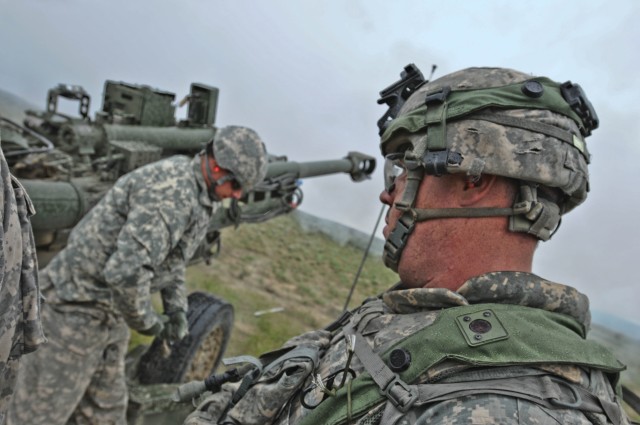
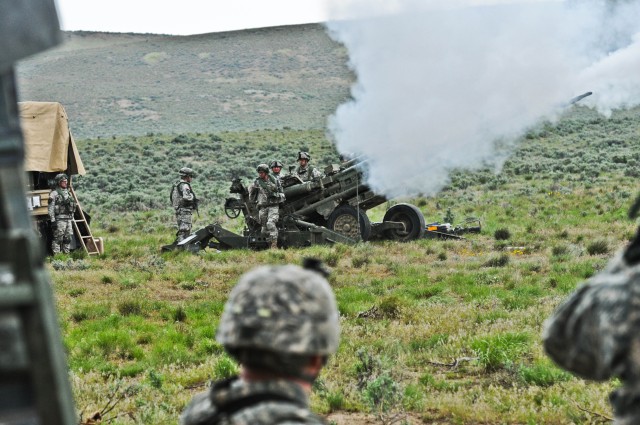
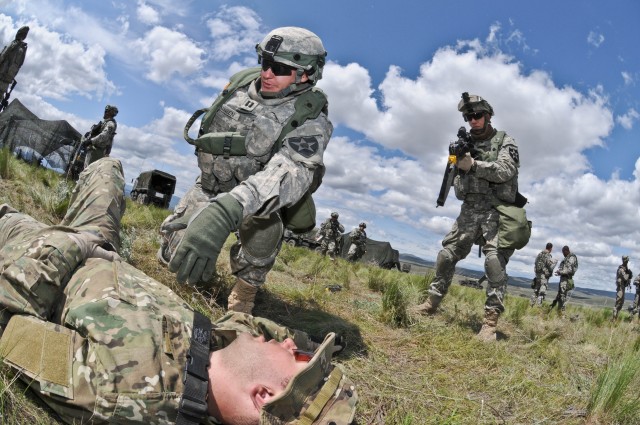
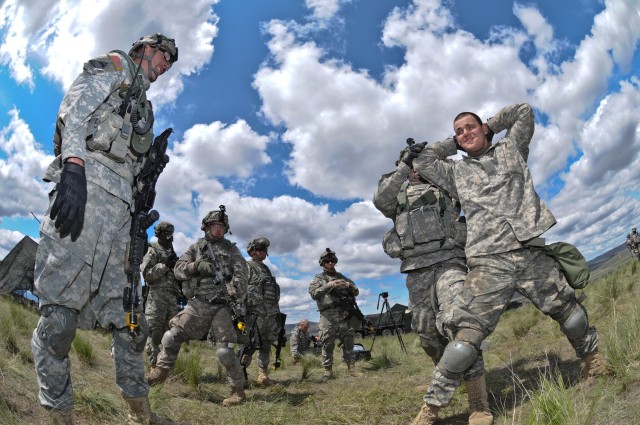

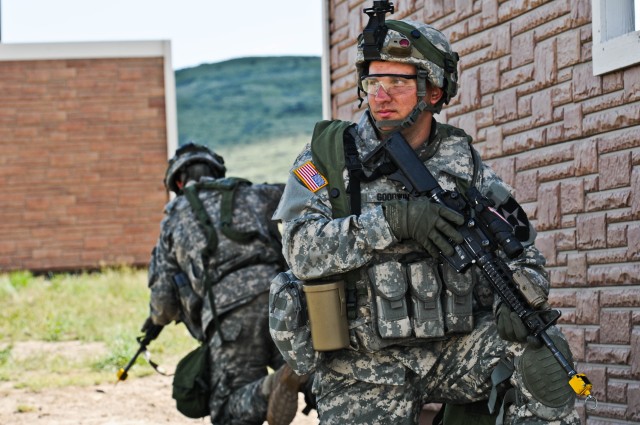
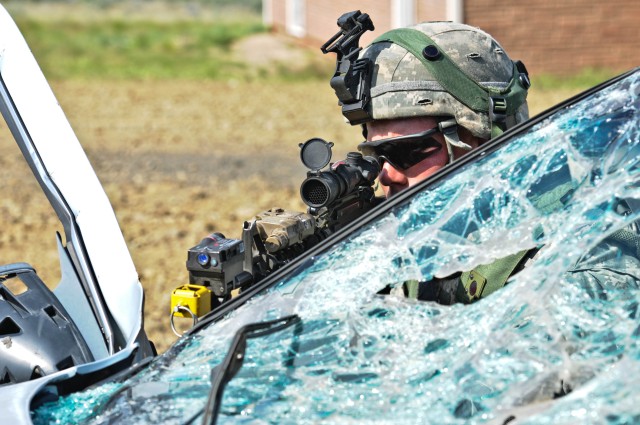

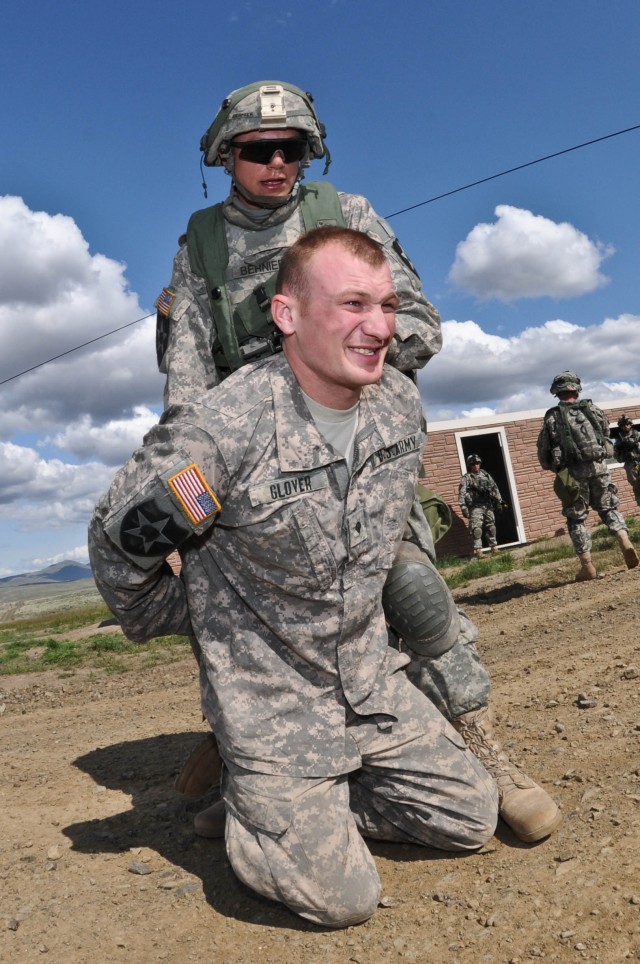



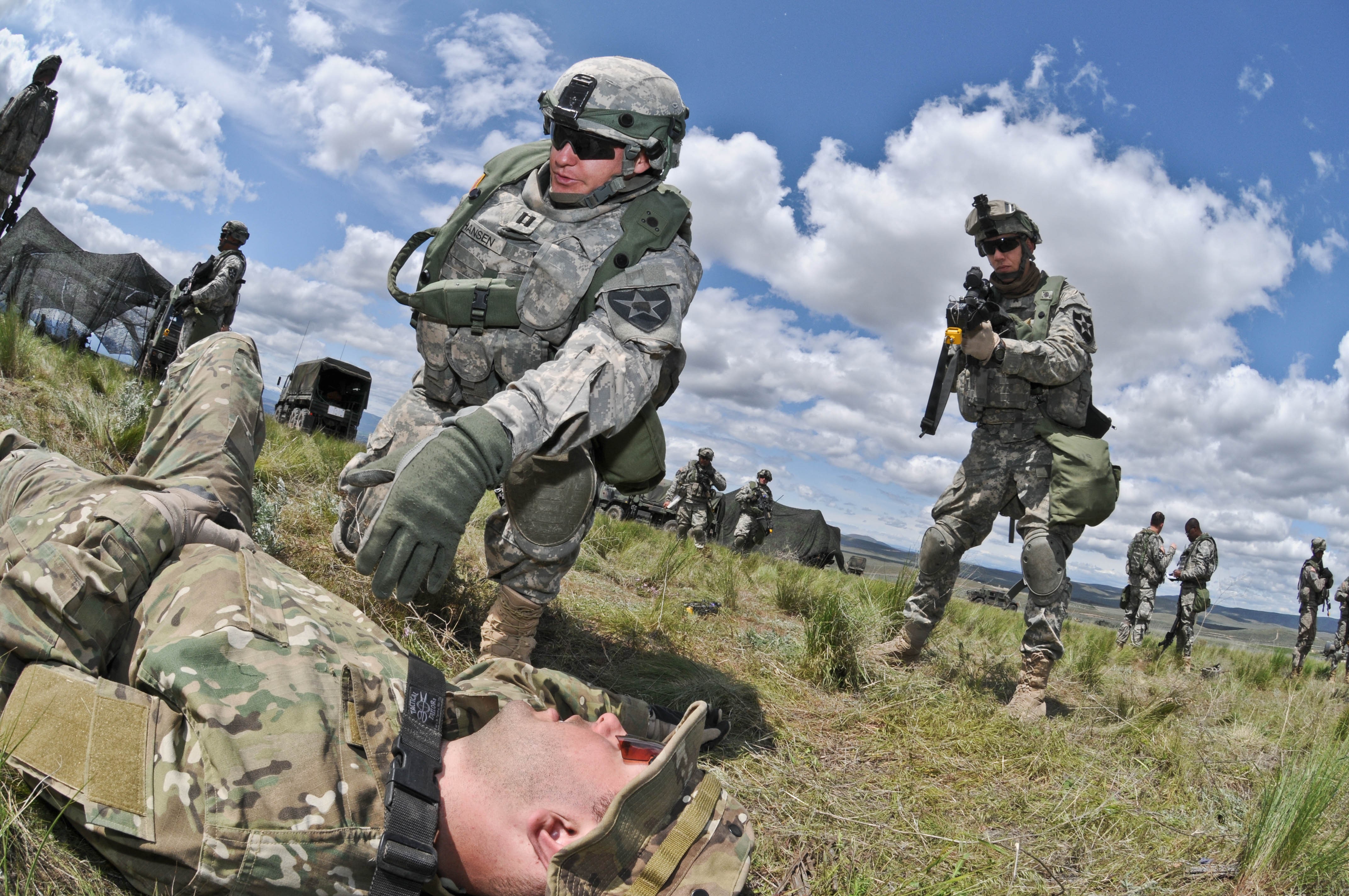
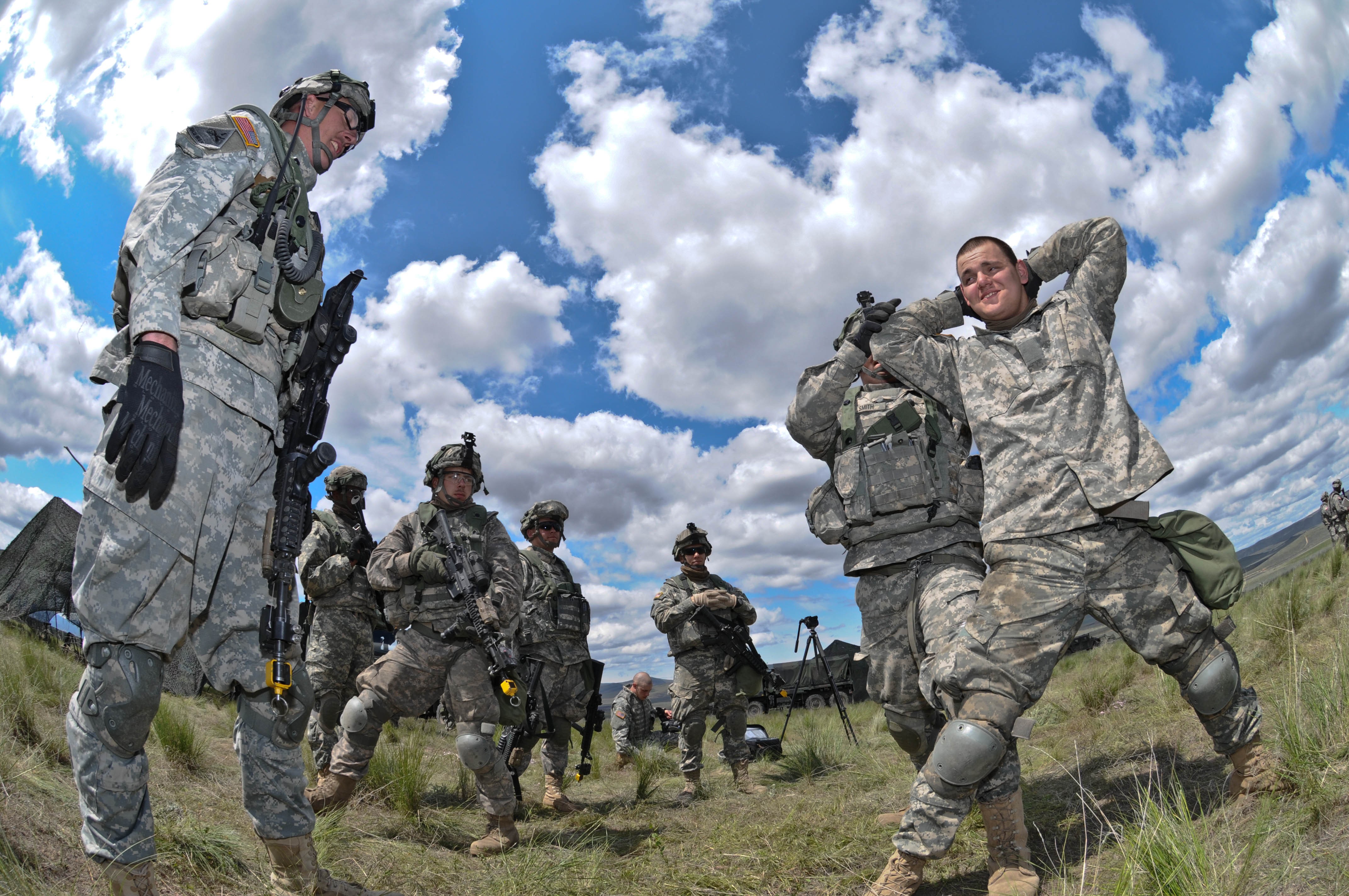
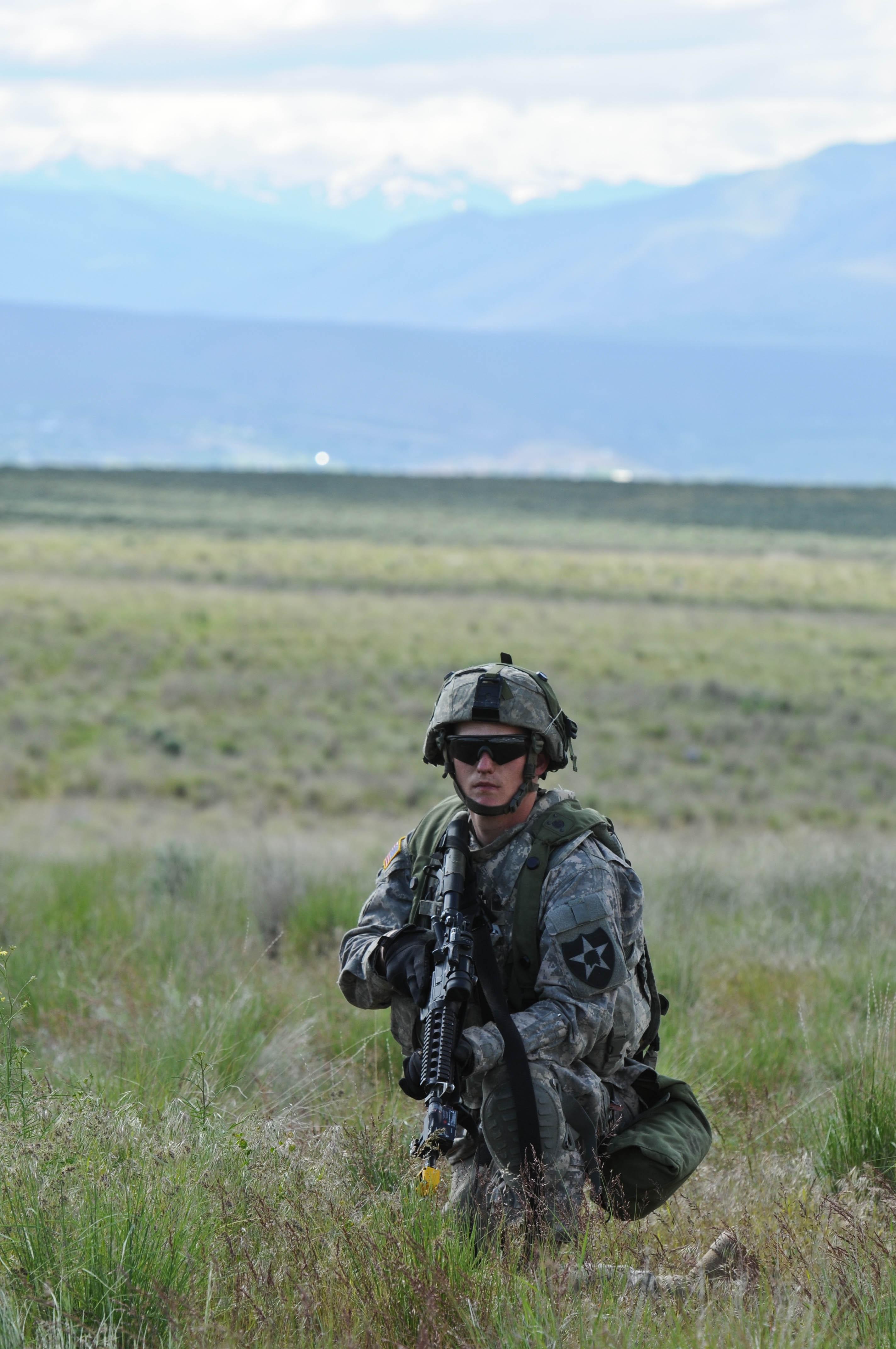
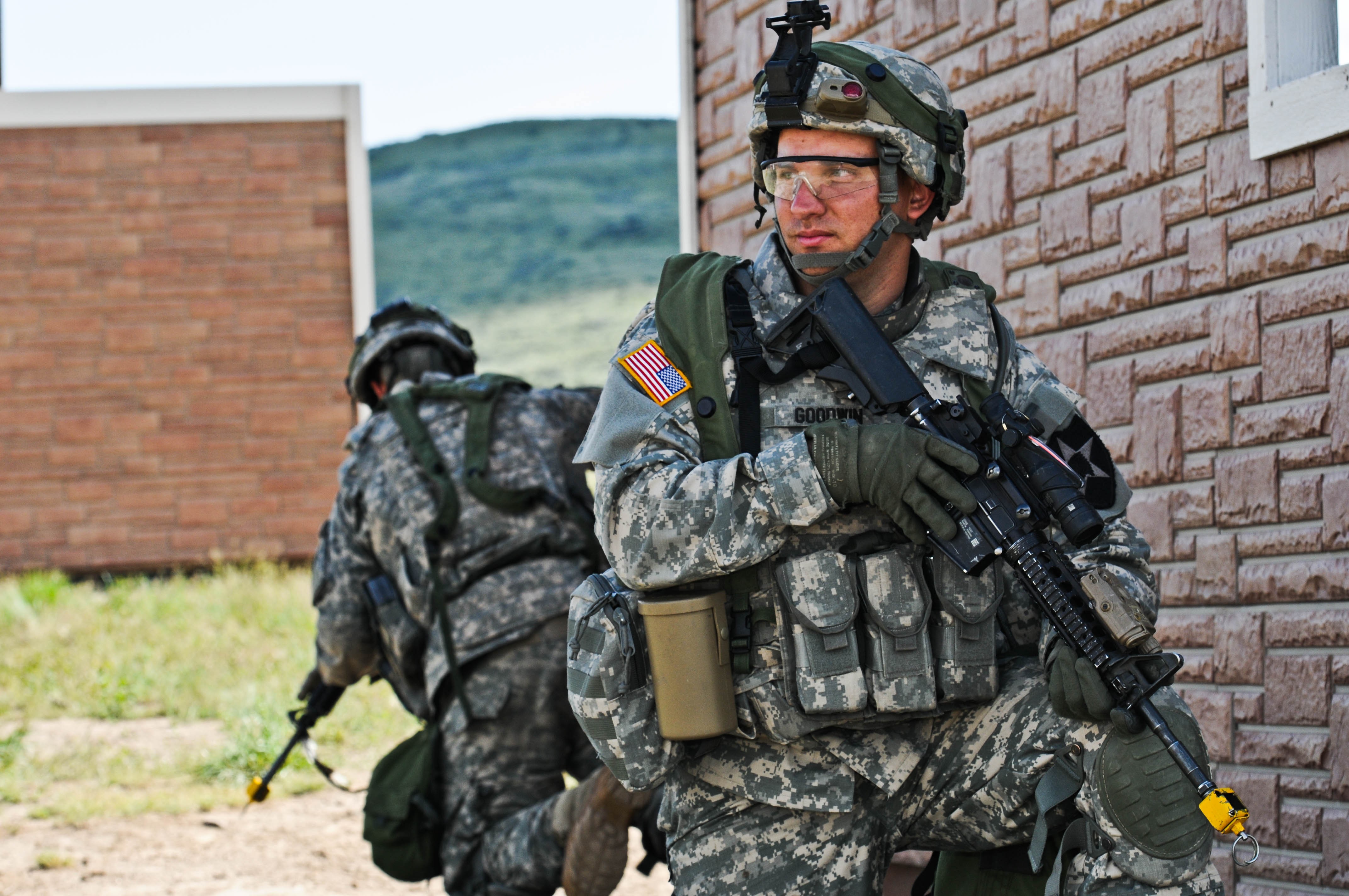
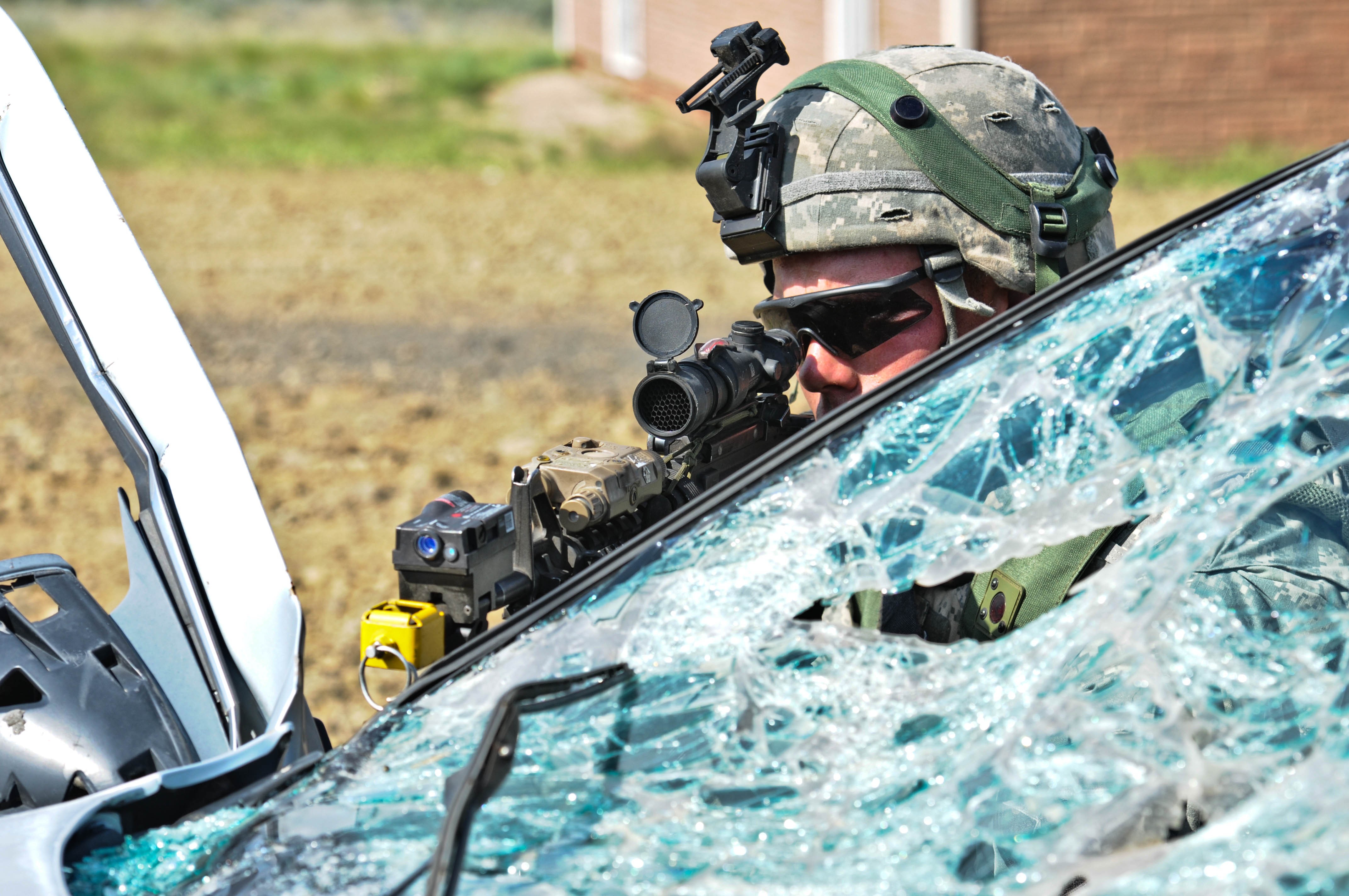


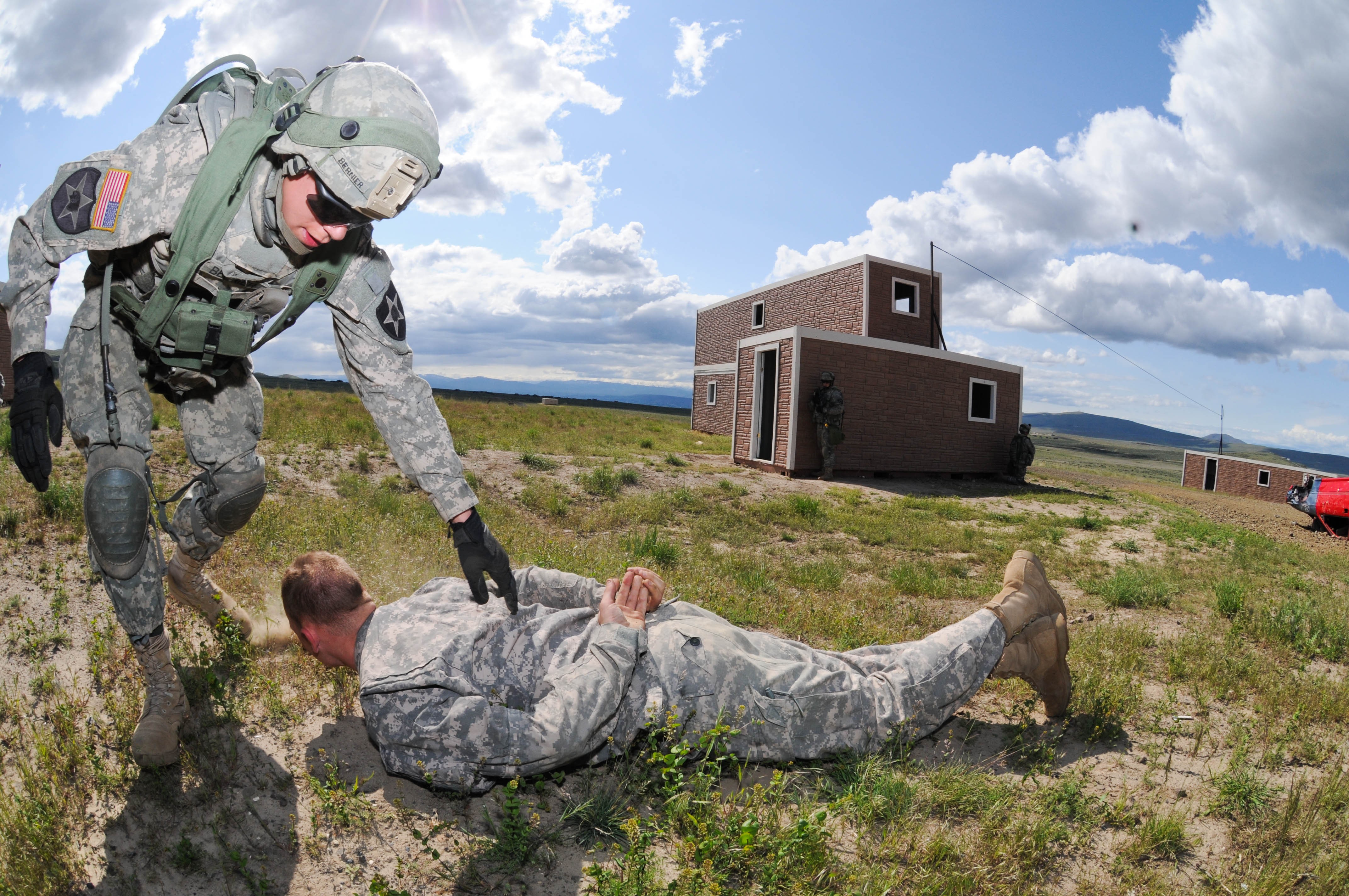
Social Sharing